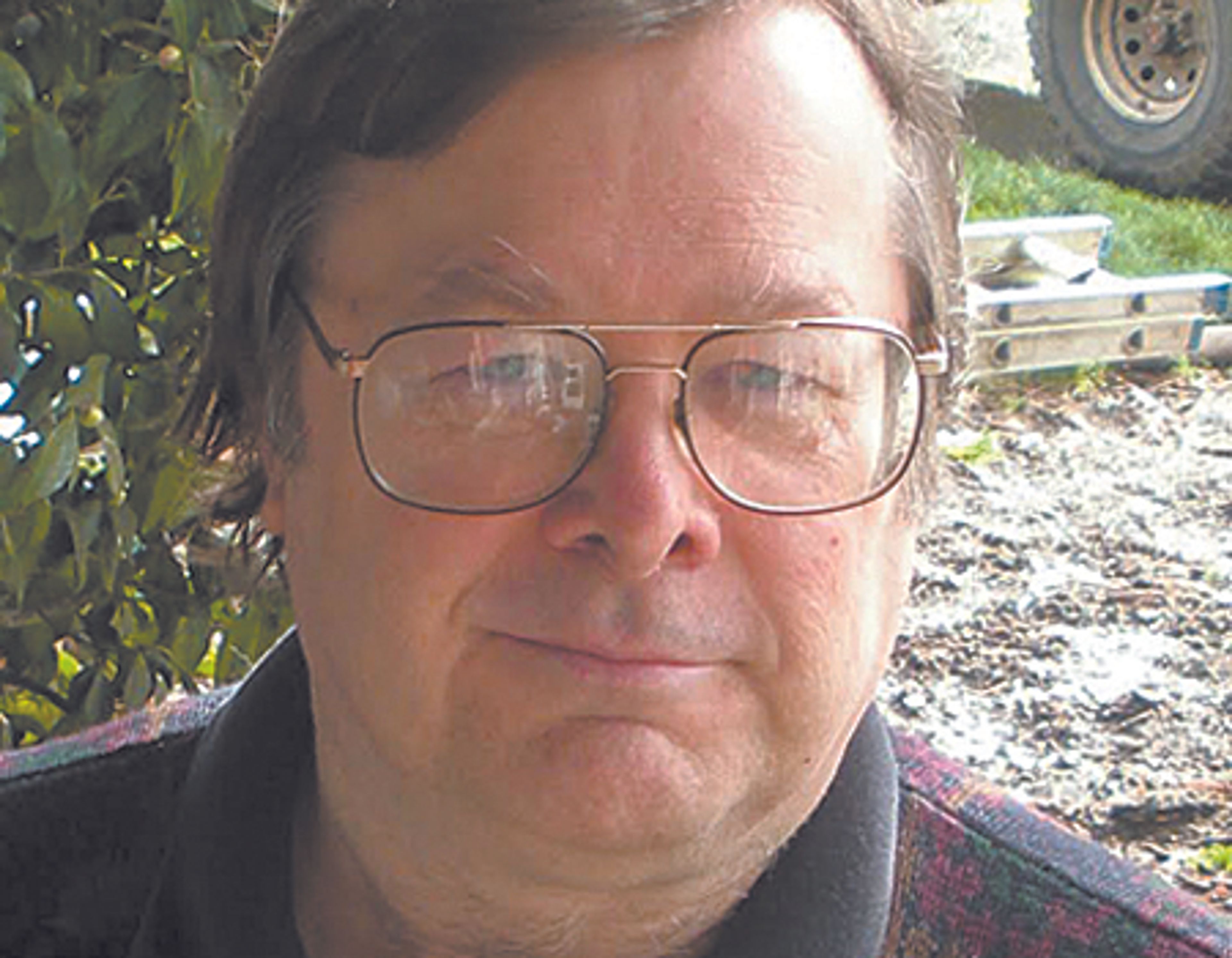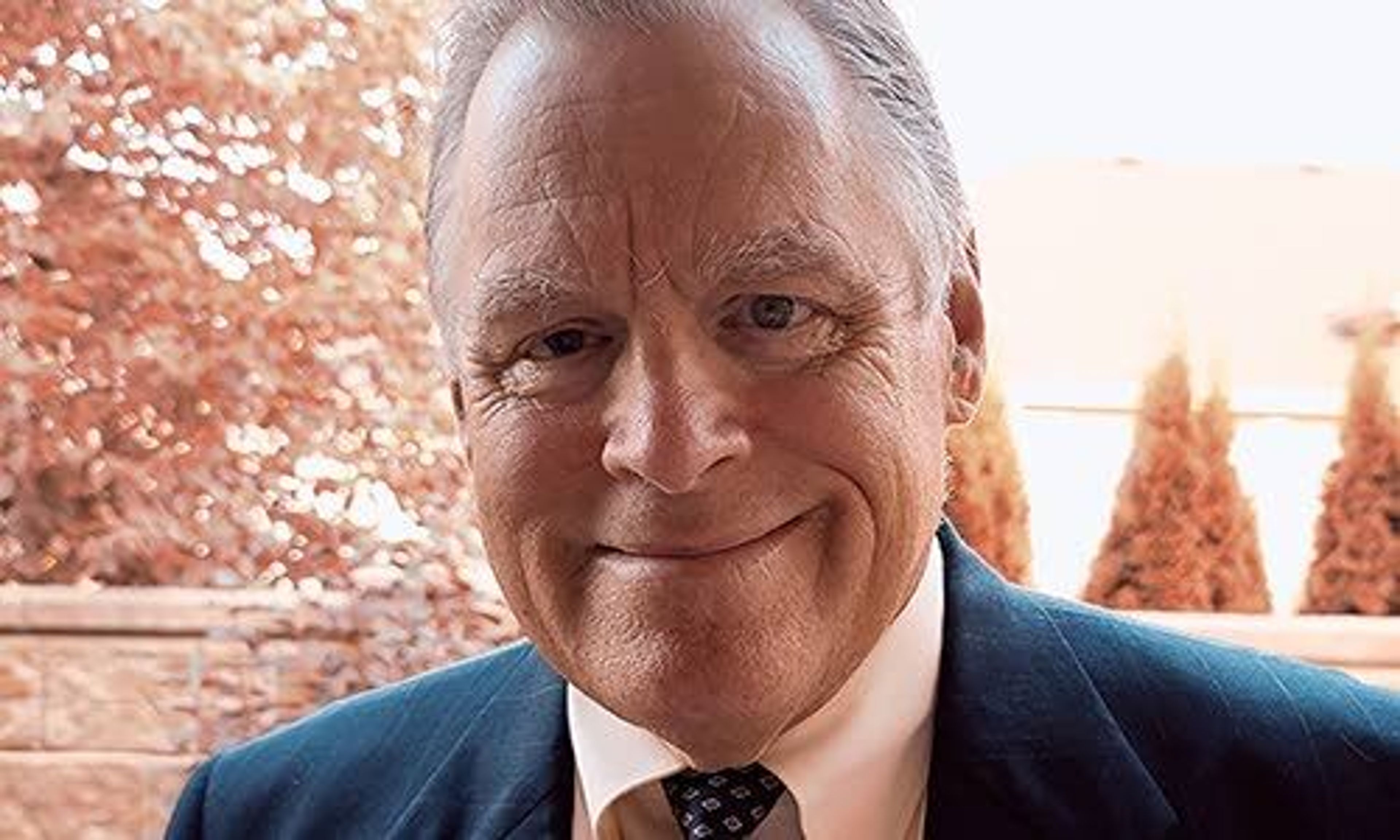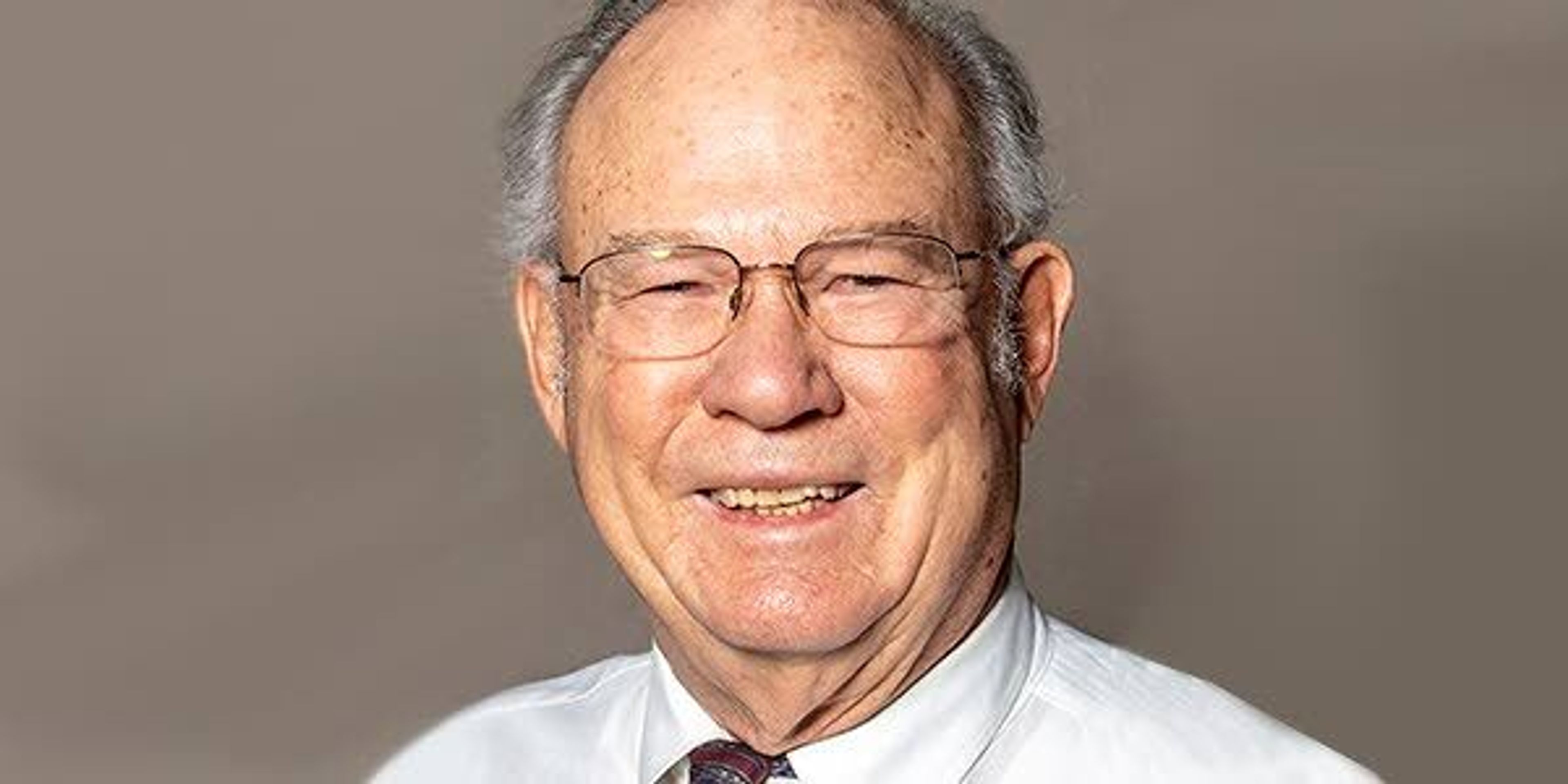OPINION: State leaves redistricting mess up to courts
Guest Editorial: Another Newspaper’s Opinion
This editorial was published in the Yakima Herald-Republic.
———
After the failure of the Washington State Redistricting Commission to successfully redraw central Washington’s 15th Legislative District boundaries nearly two years ago, the commission seemed almost relieved to let the courts give it a try.
Last week, Gov. Jay Inslee and leaders of the Democrat-controlled Legislature declined to call a special session to try to patch together a solution. Apparently they, too, are happy to let the courts make the call.
That means a judge will step in and finish the work that a blue-ribbon commission and the Legislature were unable to complete — redraw the state’s voting district maps to make them better reflect population trends as measured by the census. It’s something states do every 10 years.
The glitch in the 15th District ended up in court because in drawing up the new boundaries, the redistricting commission also drew a lawsuit. The suit, Soto Palmer v. Hobbs, claimed the state’s new lines violated the federal Voting Rights Act by splitting up Latino voters and presumably diluting their voting power.
Last month, U.S. District Judge Robert Lasnik agreed and gave the state a chance to try again.
Since nobody’s taking him up on it, though, Lasnik will have to settle this one himself.
That’ll likely result in a redrawn district that’s significantly more Latino than its current incarnation — maybe as much as 70%. Under the redistricting commission’s failed plan, District 15 would’ve taken in parts of five counties and split the cities of Yakima and Pasco. Latino voters would’ve made up 50.02% in the district.
It all leaves us with several takeaways.
First off, this could’ve been settled a long time ago if the redistricting commission and the Legislature could have simply come up with a reasonable plan that met federal voting rules. It’s disappointing that they’re resigned to letting the courts do their work for them.
Secondly, some Democrats — particularly those who live west of the Cascade Range — seem confident that a clear Latino majority in the 15th would automatically add a nice hue of blue to central Washington. But they’re living in a fantasy world if they take for granted that Latinos will lean left.
Recent trends suggest the opposite. Between 2018 and 2022, Latino votes in central Washington shifted right by as much as 35%, according to an analysis by Stanford University data science student Andrew Hong. That might not bode well for Democratic candidates in the 15th — or anywhere else in the region.
That said, it’s noteworthy that Democrats have voiced no objections to boundaries that empower Latino voters — and somewhat mystifying that Latinos find the Republican agenda so appealing lately. In states across the country, the GOP continues to do its level best to win elections by restricting, dividing or obstructing voters who seem unlikely to buy into Republican politics.
Whatever happens with the District 15 boundaries from here, somebody won’t be happy, so more suits or appeals could be in the works soon. We wouldn’t be surprised if the courts were still haggling over this one when the next census comes around.
And no matter what the pundits say, don’t count on central Washington becoming a Democratic stronghold anytime soon. However the boundaries line up, we suspect the votes will curve conservative for years to come.
The district’s three state lawmakers — Sen. Nikki Torres, of Pasco, Rep. Bruce Chandler, of Granger, and Rep. Bryan Sandlin, of Zillah — will be able to complete their current terms on schedule. Meantime, they’re waiting to see how it all shakes out.
“I’m still going to be serving my constituents,” Sen. Torres told The Seattle Times this week. “They voted me in.”
TNS








